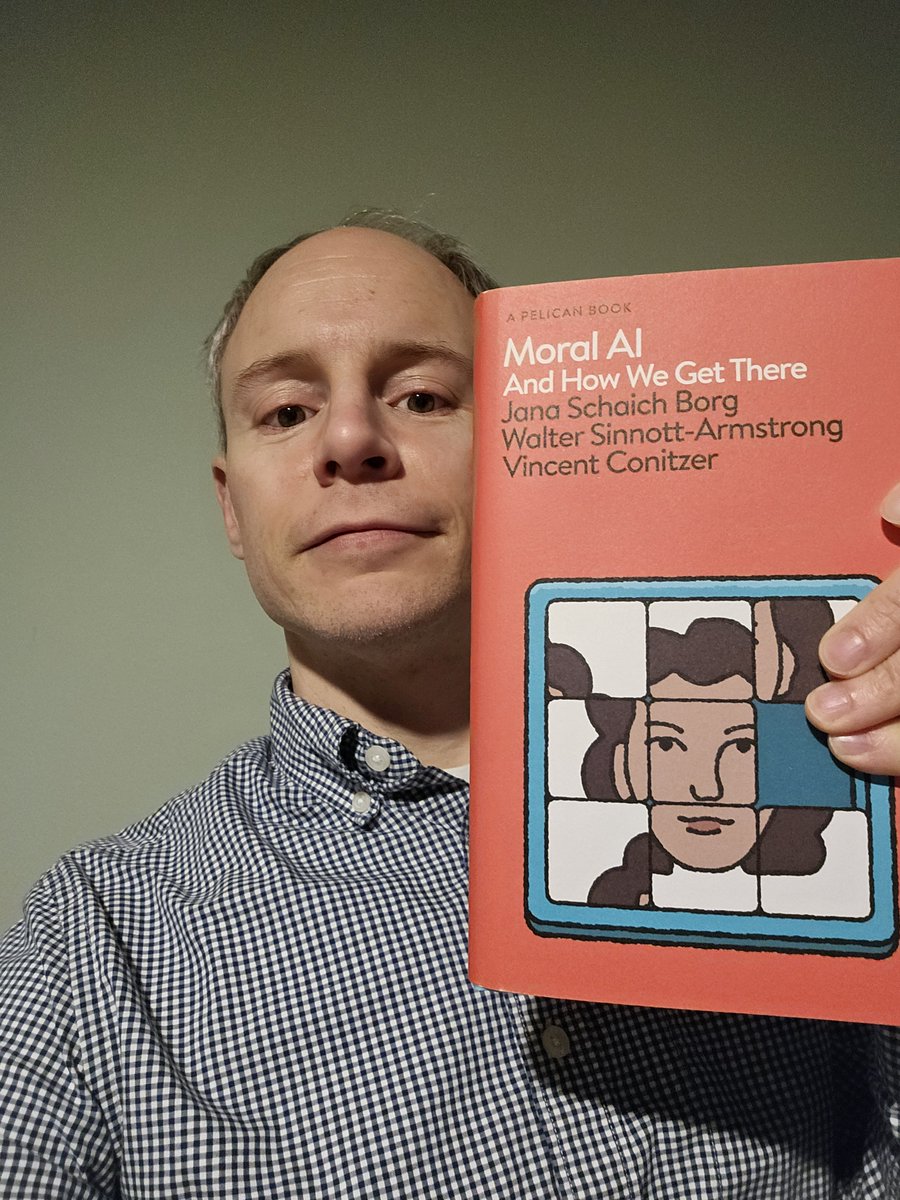
Vincent Conitzer
@conitzer
Followers
4K
Following
2K
Media
152
Statuses
2K
AI professor. Director, @FOCAL_lab @CarnegieMellon. Head of Technical AI Engagement, @UniofOxford @EthicsInAI. Author, "Moral AI - And How We Get There."
Joined June 2009

